Where to Install Dust Collection Blast Gates?
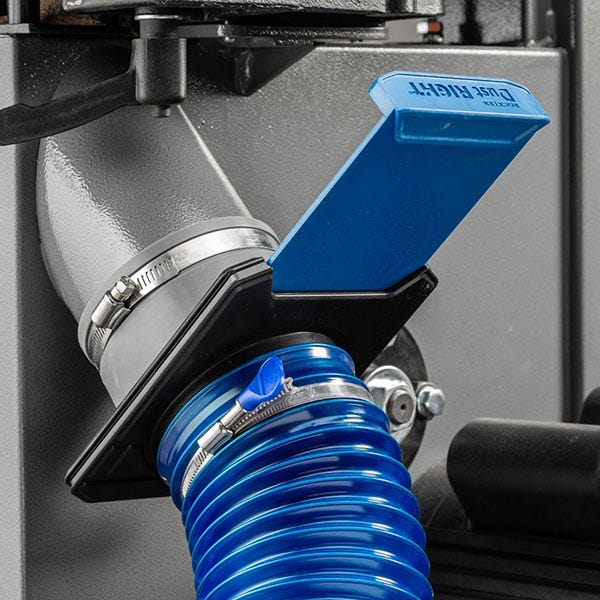
Blast gates are hose ports that feature a sliding gate that opens and closes to control the airflow in your dust collection lines. They're like the traffic cops in your system. In this Rockler demonstration you'll see several types of blast gates and how to install them in your dust collection system.
VIDEO: Why and Where to Install Dust Collection Blast Gates
VIDEO: Dust Right Tool Blast Gates
Anatomy of a Dust Collection System
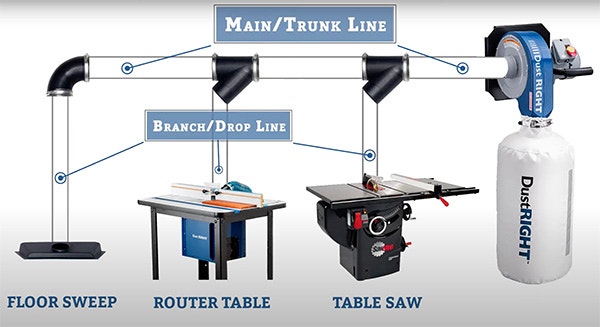
Dust collection systems that run to multiple tools typically feature a main line, often called the trunk line, that runs from the dust collector and secondary lines, often called branch lines or drops, that run to each tool.
Why Install Blast Gates
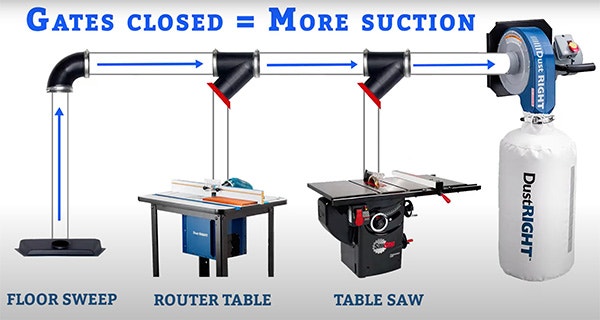
Blast gates cut off the suction to tools that are not in use, focusing the dust collection suction on the tool that is being used.
Dust Collection Blast Gate Options
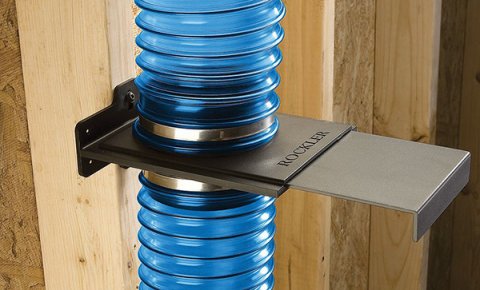
The standard Rockler StableGate Blast Gatesare available in 4"- and 2-1/2"-diameters. The StableGate features a built in bracket for mounting directly to a wall or work bench.
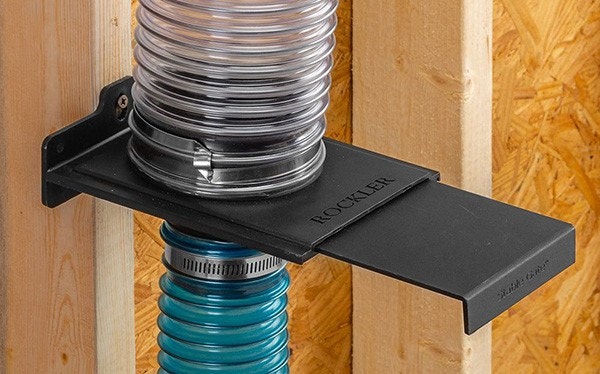
The 4" to 2-1/2" Transition StableGate features a built in bracket for mounting directly to a wall or work bench.
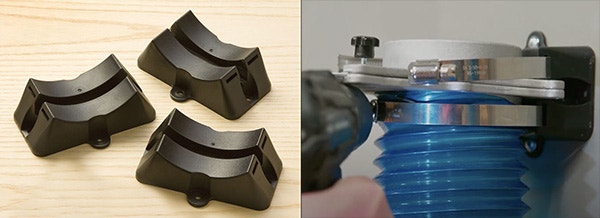
The Rockler Metal Blast Gates feature heavy-duty construction that is longer lasting and less likely to jam than plastic blast gates. These gates can be mounted to the wall using Rockler Blast Gate Brackets.

The large end of this Rockler Schedule 40 PVC to 4” Adapter fits around Schedule 40 PVC pipe, while the smaller end fits inside a standard 4'' dust hose. A hose clamp is included for easy connection of the PVC end.
Keep the inspiration coming!
Subscribe to our newsletter for more woodworking tips and tricks
